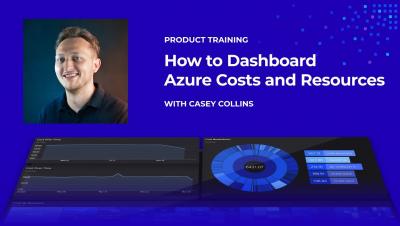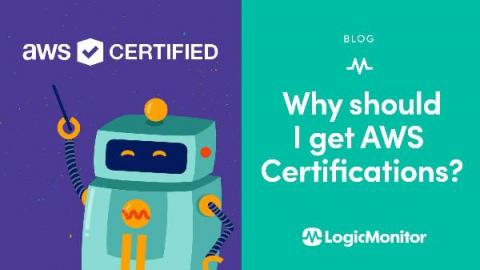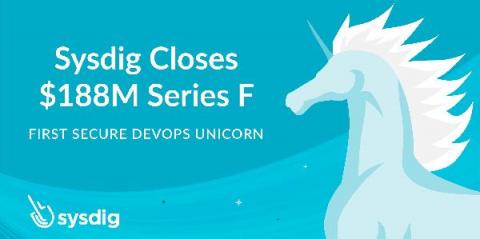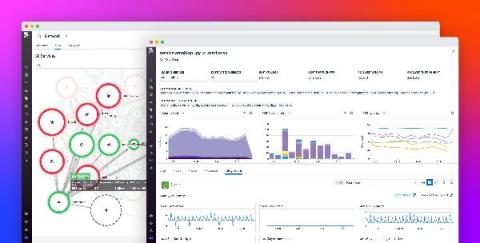Operations | Monitoring | ITSM | DevOps | Cloud
Cloud
The latest News and Information on Cloud monitoring, security and related technologies.
Extend IT Observability to the Cloud - Deep Dive of SquaredUp Cloud
Announcing support for the AWS managed Lambda Layer for OpenTelemetry
Datadog’s support of OpenTelemetry—a vendor-agnostic, open source set of APIs and libraries for collecting system and application telemetry data—has helped thousands of organizations implement monitoring strategies that complement their existing workflows. Many of our customers leverage OpenTelemetry for their server- and container-based deployments, but also need visibility into the health and performance of their serverless applications running on AWS Lambda.
Migrating to Serverless and making it work post-transition
In this article, we’ll be taking you through the steps and what to bear in mind in each stage of migrating to serverless – from preparation to migration and post-transition.
A Guide to AWS Certifications
If you’re interested in cloud computing, AWS certifications are one of the most rewarding paths to a dynamic career. As a worldwide leader in cloud infrastructure service, Amazon prepares certified experts who are highly sought after by IT organizations around the world. Did you know that 94% of organizations use a cloud service and 30% of their IT budgets are allocated to cloud computing?
Sysdig Raises $188M at a Valuation of $1.19B to Secure Modern Cloud Applications
What Are AWS Lambda Triggers?
This is a basic introduction to Lambda triggers that uses DynamoDB as an event source example. We talk a lot about the more advanced level of Lambda triggers in our popular two-part series: Complete Guide to Lambda Triggers. If you want to learn more, read part one and part two. We’re going back to the basics this time because skipping some steps when learning something new might get you confused. It tends to get annoying, or it can even make you frustrated. Why?
Agent installation options for Google Cloud VMs
Site Reliability Engineering (SRE) and Operations teams responsible for operating virtual machines (VMs) are always looking for ways to provide a more stable, more scalable environment for their development partners. Part of providing that stable experience is having telemetry data (metrics, logs and traces) from systems and applications so you can monitor and troubleshoot effectively.
Our $188M funding round fuels our mission to help customers confidently run modern cloud applications
Today, I am excited to share that we secured $188M in a new funding round, at a valuation of $1.19B (read more here). At the outset, I want to thank our employees, partners, investors and most importantly, our customers for this important milestone. The funding follows a year of unmatched innovation that led to accelerated revenue growth, installed base growth, and rapid community adoption of our open source projects.
Monitor cloud endpoint health with Datadog's cloud service autodetection
Your modern cloud-hosted applications rely on a number of key components—such as databases and load balancers—that are managed by the cloud provider. While these cloud resources can reduce the overhead of maintaining your own infrastructure, capturing and contextualizing monitoring data from services you don’t own can be difficult.










